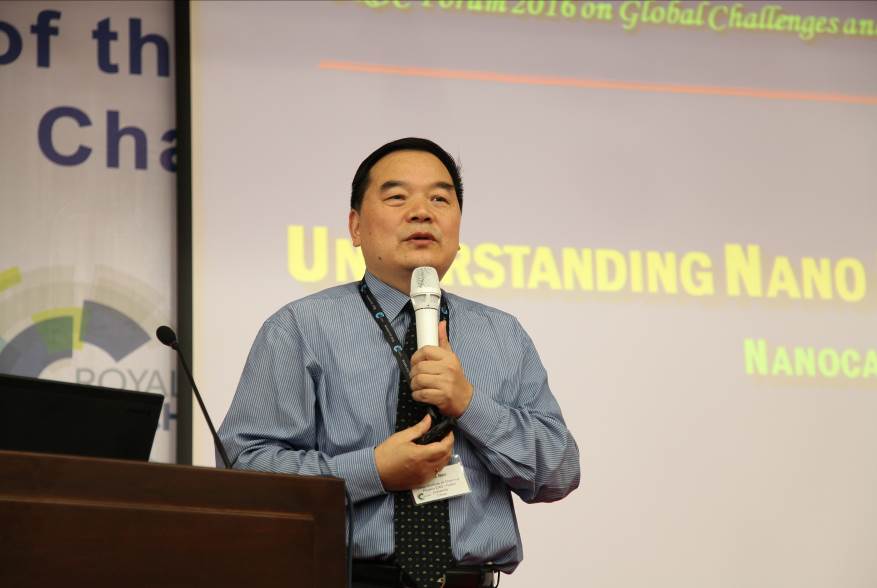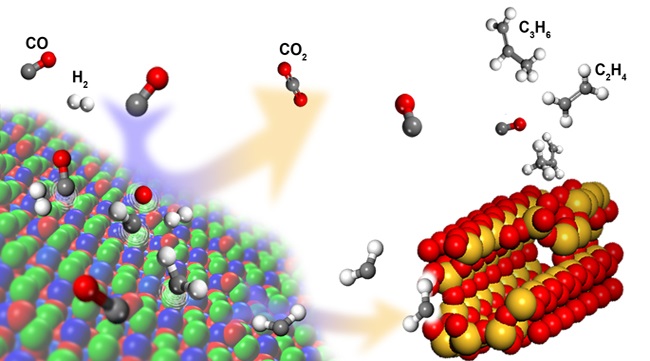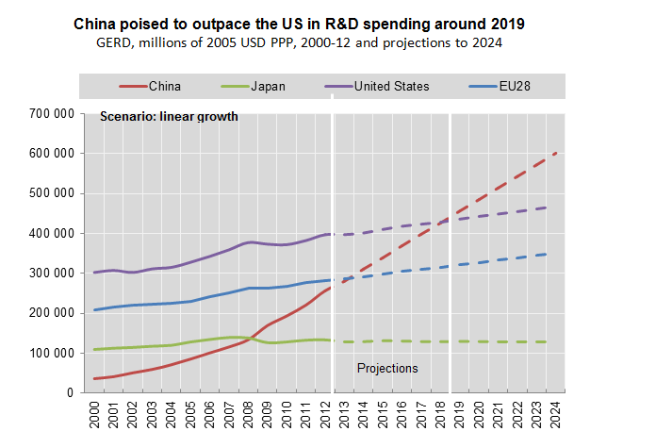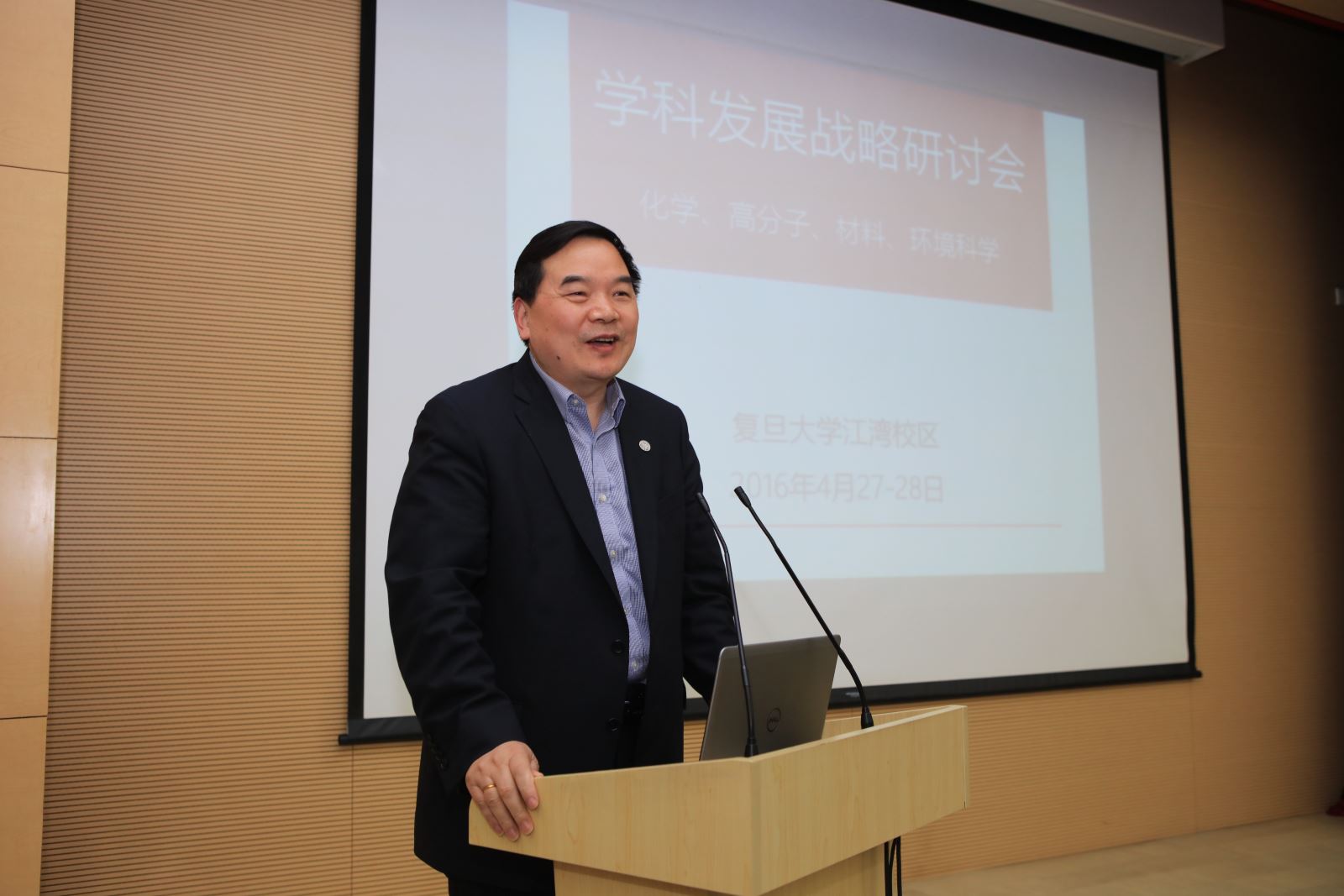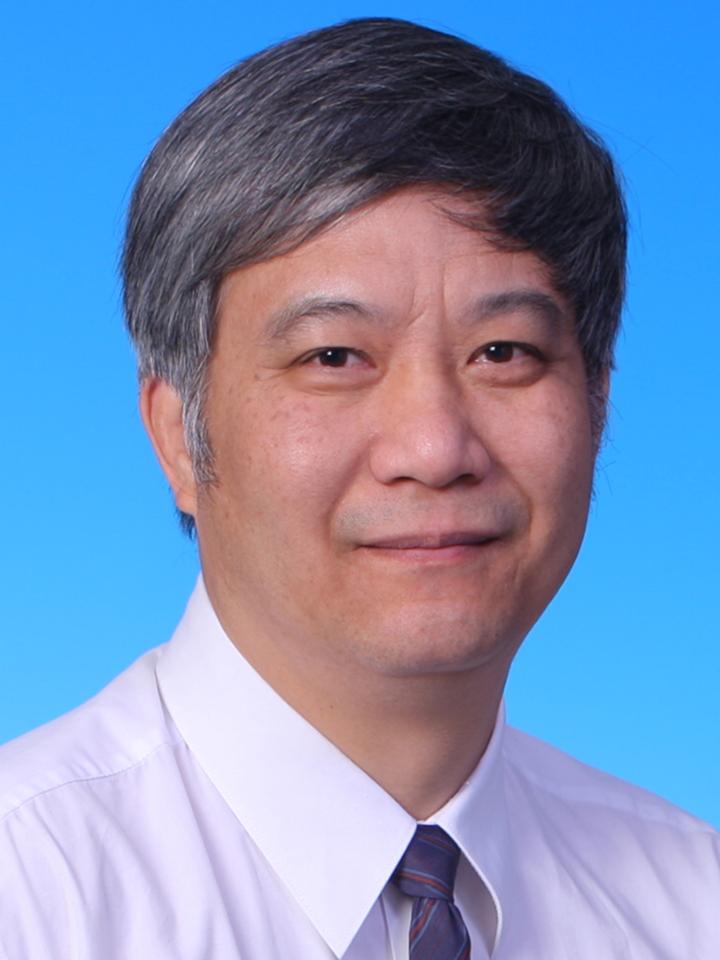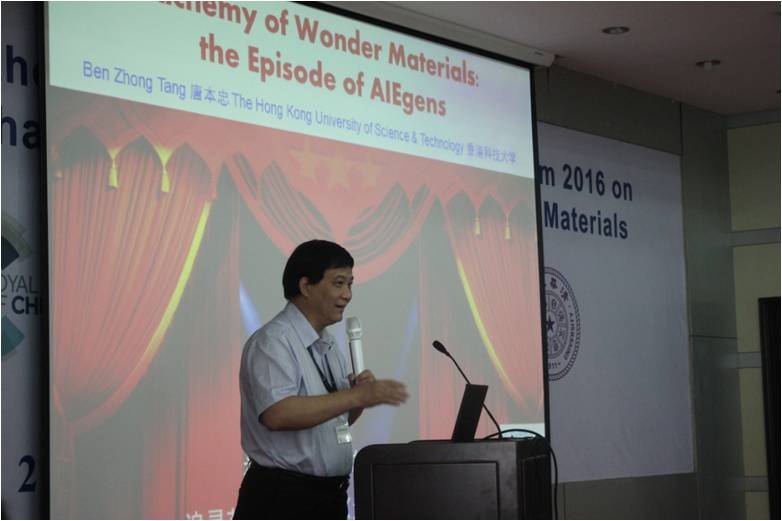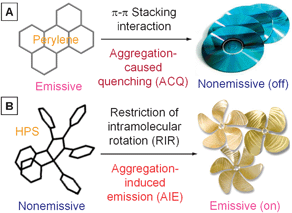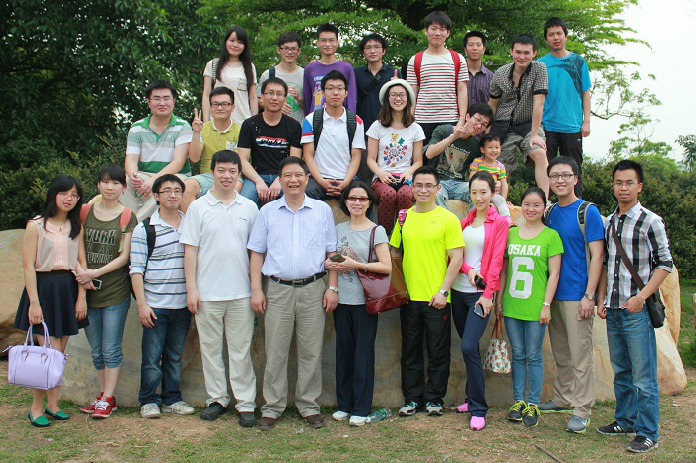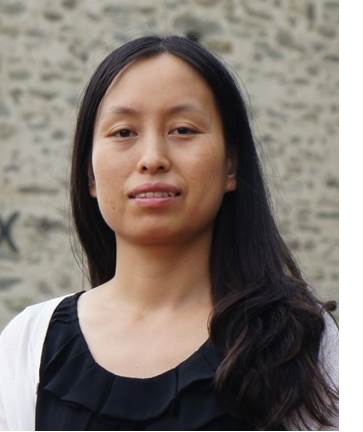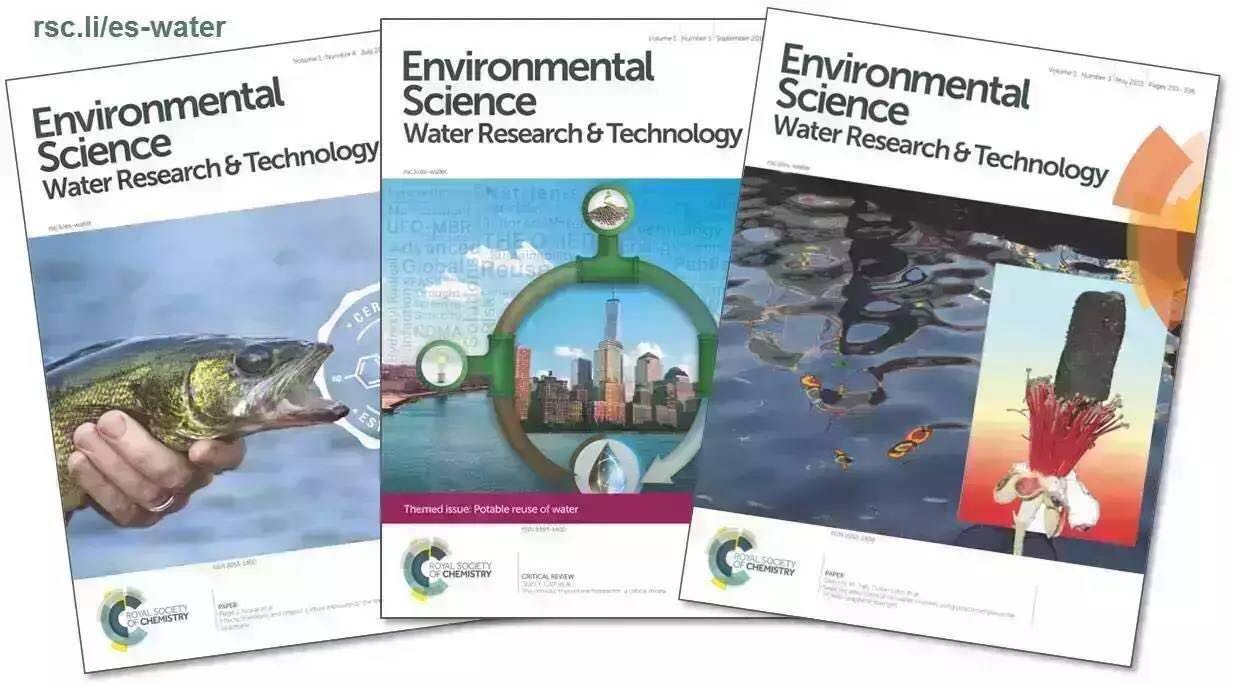英国皇家化学会系列奖项(RSC Prizes & Awards)是为了奖励在推动化学科学发展做出杰出贡献的个人、团队或组织。目前设置的奖项和奖励共计80余种,涵盖了化学科学所有领域。英国皇家化学会系列奖项奖励的获得者中至今共产生了近 50 位诺贝尔奖得主,包括 Harry Kroto、Fred Sanger 、Linus Pauling 及 2016 年的三位诺贝尔化学奖得主。
现 2017 年度的奖项奖励已于 10 月 1 日开放提名,截止日期为 2017 年 1 月 16 日。任何人都可以获得英国皇家化学会 Prizes & Awards 的提名(即成为被提名人),但有些奖励和奖项要求提名人必须是英国皇家化学会的会员。过去来自中国大陆的获奖者包括中科院上海有机化学研究所的游书力研究员(2015 RSC Merck Award)和哈尔滨工业大学的马军教授(2016 RSC Sustainable Water Award)。
开放给包括中国学者在内的奖项奖励详情及要求请见下文(已按学科大类划分)。请通过每个奖项的URL,使用在线提名系统提交相关材料:
-
提名人的个人信息(名字、联系方式、RSC 会员号);
-
被提名人的个人信息(名字和联系方式);
-
被提名人的最新个人简历;
-
不超过 4500 字的支持性文字说明(以此支持遴选要求);
-
一句话成果描述(以此说明被提名获奖的理由)。
Chemistry Biology Interface
Jeremy Knowles Award |
|
|
Introduction |
The Jeremy Knowles Award is to recognise and promote the importance of inter- and multi-disciplinary research between chemistry and the life sciences. |
|
Past winners |
1. Dr Jeffery Kelly, The Scripps Research Institute (2016) 2. Professor Herman Overkleeft, Leiden University (2015) 3. Professor Gurdyal Besra, University of Birmingham (2014) 4. Professor Ronald T Raines, University of Wisconsin-Madison (2013) |
|
Requirement |
55 years old or below on 31 January 2017, Run annually |
|
Webpage |
http://www.rsc.org/ScienceAndTechnology/Awards/JeremyKnowlesAward/ |
|
|
|
Rita and John Cornforth Award |
|
|
Introduction |
The Rita and John Cornforth Award enables scientists working in collaborative research teams with both chemistry and the life sciences disciplines to be promoted and rewarded. |
|
Past winners |
1. Dublin-Reading DNA Consortium, University of Reading, University of Dublin, Trinity College, University College Dublin (2016) 2. Professors Alison Ashcroft & Sheena Radford, University of Leeds (2015) 3. Structural Genomics Consortium, University of Oxford (2014) 4. Professor Tom Simpson FRS, University of Bristol (2013) |
|
Requirement |
No age restrictions, Nominations must be for teams, rather than for individuals, Run annually |
|
Webpage |
http://www.rsc.org/ScienceAndTechnology/Awards/RitaandJohnCornforthAward/ |
Education
Schools Education Award |
|
|
Introduction |
The Schools Education Award is presented to a teacher or team who has demonstrated an exceptional ability to teach chemistry and inspire students at any pre-university level, either over a prolonged period of time or by making a large impact in a short period of time. |
|
Past winners |
1. Mr Frank Scullion, Loreto College, Coleraine (2016) 2. Dr David Wright, Kendrick School (2012) 3. William Beveridge, Dollar Academy(2010) 4. Leila Elliott, NEPIC Science Education Unit, UK (2008) |
|
Requirement |
No age restrictions, Run annually |
|
Webpage |
http://www.rsc.org/ScienceAndTechnology/Awards/SchoolEducation/ |
Environmental
Environment Prize |
|
|
Introduction |
The Environment Prize is awarded for outstanding contributions to the chemical sciences in the area of environment, sustainability and energy. |
|
Past winners |
1. Professor Roy Harrison, University of Birmingham (2015) 2. Professor Michael Wasielewski, Northwestern University, USA (2013) 3. James Clark, University of York (2011) |
|
Requirement |
no age restrictions, Run biennially |
|
Webpage |
http://www.rsc.org/ScienceAndTechnology/Awards/EnvironmentPrize/ |
|
|
|
Sustainable Energy Award |
|
|
Introduction |
The Sustainable Energy Award is for the contributions of chemical sciences to sustainable energy. This includes development or understanding of materials and processes and the improvement of existing technologies through the application of the chemical sciences. |
|
Past winners |
1. Professor Omar Farha, Northwestern University & King Abdulaziz University (2015) 2. Professor Saiful Islam, University of Bath (2013) 3. Edwin Constable, University of Basel (2011) |
|
Requirement |
no age restrictions, Run biennially |
|
Webpage |
http://www.rsc.org/ScienceAndTechnology/Awards/SustainableEnergyAward/ |
Industry & Technology
Materials for Industry-Derek Birchall Award |
|
|
Introduction |
The Materials for Industry – Derek Birchall Award rewards an individual for creativity and excellence in the application of materials chemistry in industry. |
|
Past winners |
1. Professor Tobin Marks, Northwestern University (2015) 2. Professor John W Goodby, University of York (2013) 3. Patrick McGrail, University of Sheffield (2009) |
|
Requirement |
Runs biennially |
|
Webpage |
http://www.rsc.org/ScienceAndTechnology/Awards/MaterialsforIndustryAward/ |
Inorganic
Applied Inorganic Chemistry Award |
|
|
Introduction |
The Applied Inorganic Chemistry Award is for outstanding contributions to the development of any branch of inorganic chemistry which has an application in industry |
|
Past winners |
1. Professor Yi Lu, University of Illinois at Urbana-Champaign (2015) 2. Professor Andrew Barron, Rice University (2013) 3. Russell Morris, University of St Andrew (2011) |
|
Requirement |
no age restrictions, Run biennially |
|
Webpage |
http://www.rsc.org/ScienceAndTechnology/Awards/AppliedInorganicChemistryAward/ |
|
|
|
Bioinorganic Chemistry Award |
|
|
Introduction |
The Bioinorganic Chemistry Award recognises outstanding research in any aspect of bioinorganic chemistry. |
|
Past winners |
1. Professor Paul Dyson, Ecole Polytechnique Federale de Lausanne (2015) 2. Professor Tom O’Halloran, Northwestern University (2013) 3. James A Cowan, Ohio State University (2011) |
|
Requirement |
55 or under on 31 January 2017, Run biennially |
|
Webpage |
http://www.rsc.org/ScienceAndTechnology/Awards/BioinorganicChemistry/ |
|
|
|
Homogeneous Catalysis Award |
|
|
Introduction |
The Homogeneous Catalysis Award recognises outstanding research in homogeneous catalysis. |
|
Past winners |
1. Professor Pedro Pérez, Universidad de Huelva (2015) 2. Dr Morris Bullock, Pacific Northwest National Laboratory (PNNL), USA (2013) 3. Jonathan Williams, University of Bath (2011) |
|
Requirement |
55 or under on 31 January 2017, Run biennially |
|
Webpage |
http://www.rsc.org/ScienceAndTechnology/Awards/HomogeneousCatalysisAward/ |
|
|
|
Inorganic Mechanisms Award |
|
|
Introduction |
The Inorganic Mechanisms Award recognises studies leading to understanding of reaction mechanisms in any branch of inorganic chemistry and by any methods. |
|
Past winners |
1. Professor Peter Ford, University of California, Santa Barbara (2015) 2. Professor Mike George, University of Nottingham (2013) 3. Lawrence Que, University of Minnesota (2011) |
|
Requirement |
no age restrictions, runs biennially |
|
Webpage |
http://www.rsc.org/ScienceAndTechnology/Awards/InorganicMechanismsAward/ |
|
|
|
Ludwig Mond Award |
|
|
Introduction |
The Ludwig Mond Award is for outstanding research in any aspect of inorganic chemistry. |
|
Past winners |
1. Professor Richard Winpenny, University of Manchester (2016) 2. Professor Vivian Yam, The University of Hong Kong (2015) 3. Professor Gerard Parkin, Columbia University (2014) |
|
Requirement |
55 or below on 31 January 2017, Run annually |
|
Webpage |
http://www.rsc.org/ScienceAndTechnology/Awards/LudwigMondAward/ |
Materials
De Gennes Prize |
|
|
Introduction |
The RSC de Gennes Prize is for outstanding and exceptional work in the field of materials chemistry. |
|
Past winners |
1. Professor Mercouri Kanatzidis, Northwestern University (2015) 2. Professor Susumu Kitagawa, Kyoto University (2013) 3. Steve Mann, University of Bristol (2011) |
|
Requirement |
no age restrictions, Run biennially |
|
Webpage |
http://www.rsc.org/ScienceAndTechnology/Awards/deGennesPrize/ |
|
|
|
Barrer Award |
|
|
Introduction |
The Barrer Award recognises meritorious recent pure or applied work in the field of porous inorganic materials. |
|
Past winners |
1. Dr Luis Gómez-Hortigüela, Instituto de Catálisis y Petroleoquímica-CSIC(2014) 2. Geoffrey Ozin, University of Toronto (2011) 3. Ben Slater, University College London (2008) |
|
Requirement |
37 or under on 31 January 2017, Run triennially |
|
Webpage |
|
|
|
|
Beilby Medal and Prize |
|
|
Introduction |
The Beilby Medal and Prize recognises work of exceptional practical significance in chemical engineering, applied materials science, energy efficiency or a related field. |
|
Past winners |
1. Professor Sarbajit Banerjee, Texas A&M University (2016) 2. Professor Benjamin Wiley, Duke University (2015) 3. Professor Javier Pérez-Ramírez, ETH Zurich (2014) 4. Professor Xiangfeng Duan, University of California, Los Angeles (2013) |
|
Requirement |
39 or under on 31 January 2017, Run annually |
|
Webpage |
http://www.rsc.org/ScienceAndTechnology/Awards/Beilby/ |
|
|
|
John B Goodenough Award |
|
|
Introduction |
The John B Goodenough Award is to recognise exceptional and sustained contributions to the area of materials chemistry. |
|
Past winners |
1. Professor William David, ISIS and University of Oxford (2015) 2. Professor Anthony West, University of Sheffield (2013) 3. Andrew Holmes, University of Melbourne (2011) |
|
Requirement |
Runs biennially |
|
Webpage |
http://www.rsc.org/ScienceAndTechnology/Awards/JohnBGoodenoughAward/ |
Organic
Perkin Prize for Organic Chemistry |
|
|
Introduction |
The Perkin Prize for organic chemistry is awarded for sustained originality and achievement in research in any area of organic chemistry. |
|
Past winners |
1. Professor Amos Smith, University of Pennsylvania and the Monell Chemical Senses Center (2015) 2. Professor Varinder Aggarwal, University of Bristol (2013) 3. Stephen Davies, University of Oxford (2011) |
|
Requirement |
no age restrictions, Run biennially |
|
Webpage |
|
|
|
|
Merck Award |
|
|
Introduction |
The Merck, Sharp and Dohme Award (previously the Merck Award) is for contributions to any area of organic chemistry from a researcher under the age of 45. |
|
Past winners |
1. Professor Neil Garg, University of California, Los Angeles (2016) 2. Professor Shuli You, Shanghai Institute of Organic Chemistry (2015) 3. Professor Andy Smith, University of St. Andrews(2014) 4. Professor Christina White, University of Illinois(2013) |
|
Requirement |
45 years old or under on 31 January 2017, Run annually |
|
Webpage |
|
|
|
|
Organic Industrial Chemistry Award |
|
|
Introduction |
The Organic Industrial Chemistry Award is for the application of organic chemistry in an industrial context by a person or team. |
|
Past winners |
1. Dr Debra Wallace, MSD (2015) 2. Klaus Müller, F. Hoffmann-La Roche AG (2011) 3. Nicholas Turner, University of Manchester (2009) |
|
Requirement |
no age restrictions, runs biennially |
|
Webpage |
http://www.rsc.org/ScienceAndTechnology/Awards/OrganicIndustrialChemistryAward/ |
|
|
|
Organic Stereochemistry Award |
|
|
Introduction |
The Organic Stereochemistry Award is for studies of stereochemistry related to structure, reactivity or synthesis. |
|
Past winners |
1. Professor David O’Hagan, University of St Andrews (2015) 2. Professor Peter O’Brien, University of York (2013) 3. Ben Feringa, University of Groningen (2011) |
|
Requirement |
no age restrictions, runs biennially |
|
Webpage |
http://www.rsc.org/ScienceAndTechnology/Awards/OrganicStereochemistryAward/ |
|
|
|
Organometallic Chemistry Award |
|
|
Introduction |
The Organometallic Chemistry Award is for any aspect of the organic chemistry of the main group and transition metals. |
|
Past winners |
1. Professor Todd Marder, Julius-Maximilians Universität Würzburg (2015) 2. Dr John Gladysz, Texas A&M University, USA (2013) 3. Ilan Marek, Israel Institute of Technology (2011) |
|
Requirement |
no age restrictions, runs biennially |
|
Webpage |
http://www.rsc.org/ScienceAndTechnology/Awards/OrganometallicChemistryAward/ |
|
|
|
Pedler Award |
|
|
Introduction |
The Pedler Award is for contributions to any area of organic chemistry from a researcher under the age of 55. |
|
Past winners |
1. Professor Dr Helma Wennemers, ETH Zurich (2016) 2. Professor Michael Krische, University of Texas at Austin (2015) 3. Professor David Leigh, University of Manchester(2014) 4. Professor Kevin Burgess, Texas A & M University(2013) |
|
Requirement |
55 years old or under on 31 January 2017, Run annually |
|
Webpage |
|
|
|
|
Robert Robinson Award |
|
|
Introduction |
The Robert Robinson Award is for contributions to organic chemistry from a researcher over the age of 55. |
|
Past winners |
1. Professor Thomas Hoye, University of Minnesota (2016) 2. Professor Chi-Huey Wong, Academia Sinica (2015) 3. Professor Robert G. Bergman, University of California, Berkeley (2014) 4. Professor John Brown, University of Oxford (2013) |
|
Requirement |
over 55 years old ,Run annually |
|
Webpage |
http://www.rsc.org/ScienceAndTechnology/Awards/RobertRobinsonAward/ |
|
|
|
Synthetic Organic Chemistry Award |
|
|
Introduction |
The Synthetic Organic Chemistry Award recognises the development of new methods or strategies employed in the construction of organic molecules. |
|
Past |
1. Professor Richmond Sarpong, University of California, Berkeley (2015) 2. Professor Phil Baran, The Scripps Research Institute (2013) 3. Timothy Donohoe, University of Oxfordd (2011) |
|
Requirement |
no age restrictions, runs biennially |
| http://www.rsc.org/ScienceAndTechnology/Awards/SyntheticOrganicChemistryAward/ | |
Physical
Soft Matter and Biophysical Chemistry Award |
|
|
Introduction |
The Soft Matter and Biophysical Chemistry Award is for outstanding and innovative research in soft condensed matter and/or the application of physico-chemical techniques to biological problems. |
|
Past winners |
1. Professor Samuel Stupp, Northwestern University (2016) 2. Professor Nico Sommerdijk, Eindhoven University of Technology (2015) 3. Professor Alan Rowan, University of Nijmegen (2014) 4. Professor Michele Vendruscolo, University of Cambridge (2013) |
|
Requirement |
55 or under on 31 January 2017, Run annually |
|
Webpage |
http://www.rsc.org/ScienceAndTechnology/Awards/SoftMatterBiophysicalChemistryAward/ |
|
|
|
Surfaces and Interfaces Award |
|
|
Introduction |
The Surfaces and Interfaces Award is for outstanding and innovative research on the behaviour of chemical systems at surfaces or interfaces. |
|
Past winners |
1. Professor Neil Champness, University of Nottingham (2016) 2. Professor Mihail Barboiu, Institut Européen des Membranes – CNRS (2015) 3. Professor Bernard Binks, University of Hull (2014) 4. Professor Shik Chi (Edman) Tsang, University of Oxford (2013) |
|
Requirement |
55 years old or under on 31 January 2017, Run annually |
|
Webpage |
http://www.rsc.org/ScienceAndTechnology/Awards/SurfacesInterfacesAward/ |













